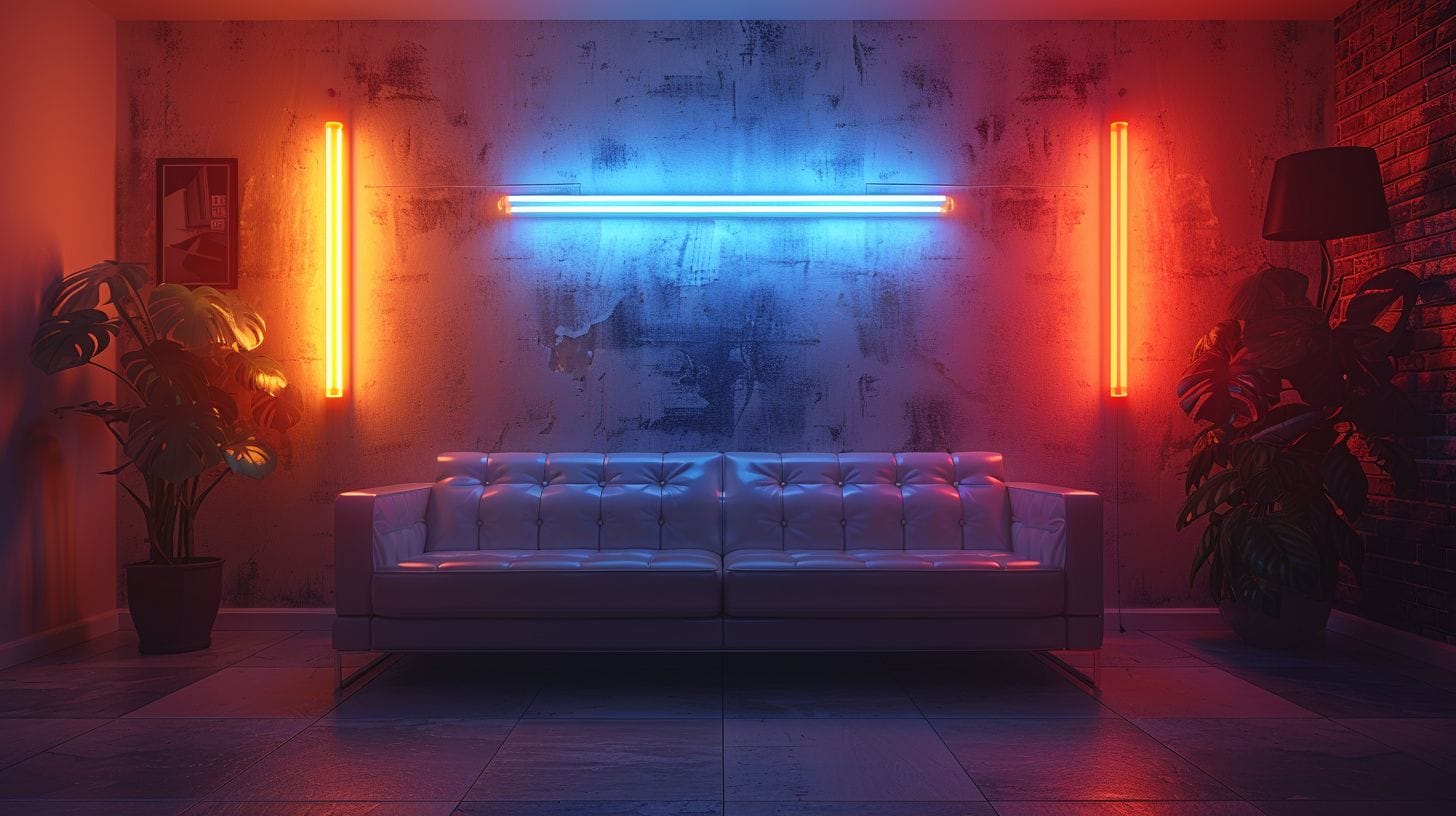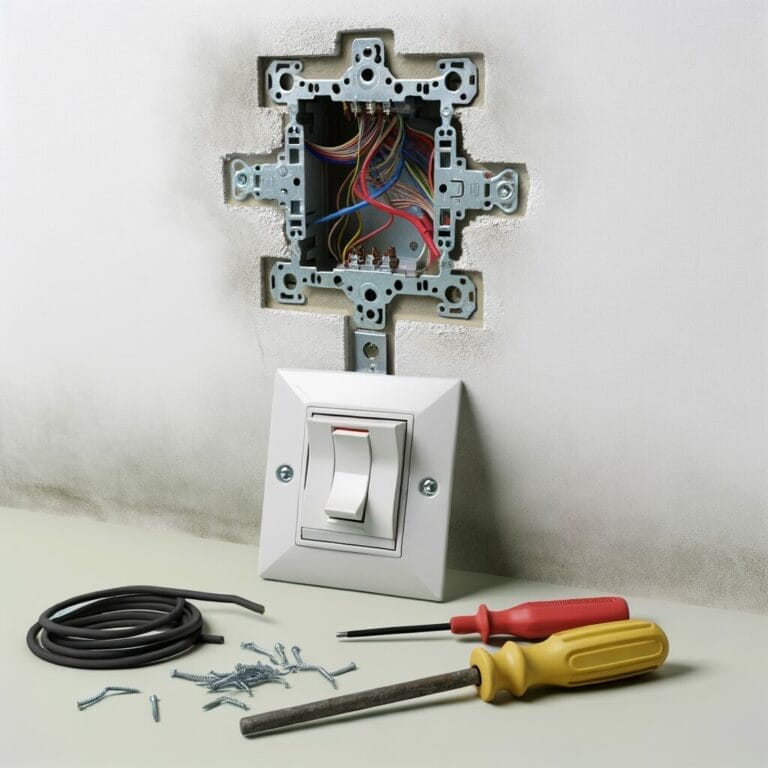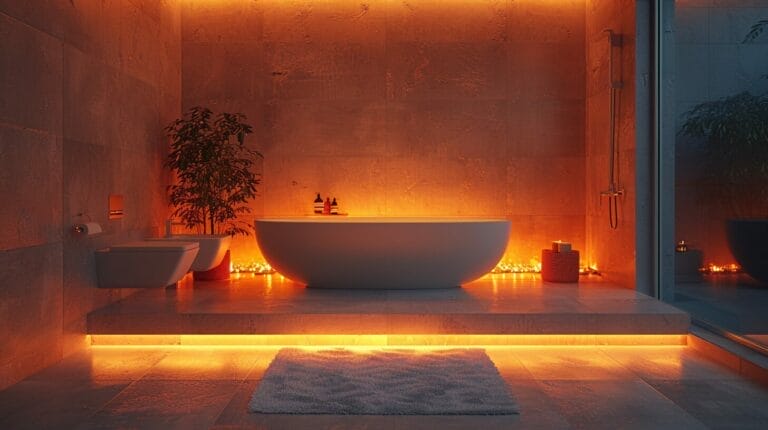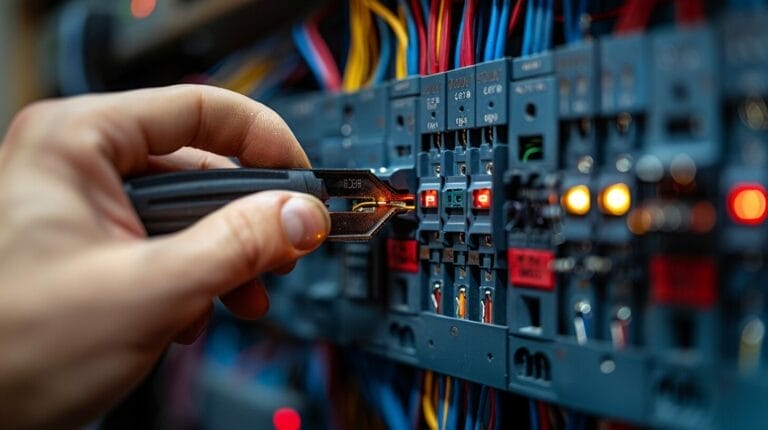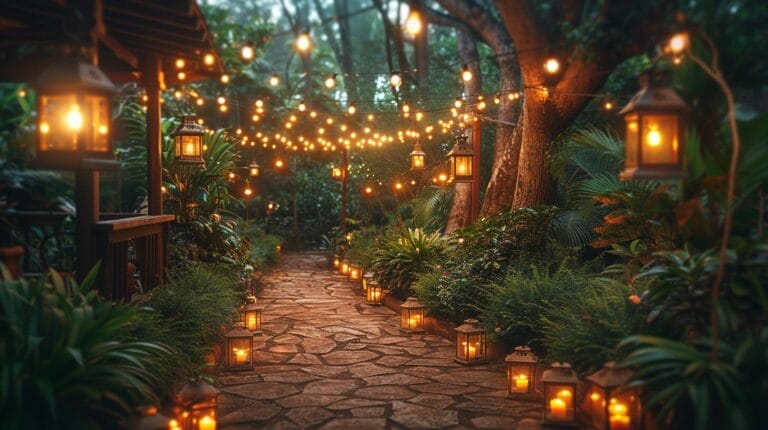How to Convert 4ft Fluorescent Light to LED: A Go-to Guide
When it comes to upgrading your lighting fixtures, the process of how to convert 4ft fluorescent light to LED can seem daunting. However, fear not, as we have compiled a comprehensive guide for you.
From understanding the necessity behind the conversion to the practical steps involved in making the switch, we’ve got you covered. But what about the potential savings in energy costs and the environmental benefits that come with LED lighting?
Let’s explore these and more in our How to Convert 4ft Fluorescent Light to LED go-to guide for converting your fluorescent light to LED.
Key Takeaways
- LED conversion offers energy efficiency and cost savings.
- Ensure fixture compatibility and consider ballast bypass.
- Retrofit with a 4ft T8 LED tube for seamless transition.
- Maintain LED tube lights carefully for longevity and performance.
Understanding the Need to Convert 4ft Fluorescent Light to LED

Converting a 4ft fluorescent light to Lights, offer a simple solution to convert fluorescent fixtures to LED, providing significant energy savings in the long run.
LED lights consume much less energy compared to fluorescent lights, resulting in lower electricity bills and a reduced carbon footprint. This shift towards energy-efficient lighting not only benefits the environment, but also leads to cost savings for homeowners and businesses.
In addition, LED lights require minimal maintenance compared to fluorescent lights. LED retrofit options make it easy to upgrade existing fixtures without the need for frequent bulb changes or ballast replacements. This translates into less hassle and lower maintenance costs over time.
Preparing for the Conversion from Fluorescent Light Fixtures to LED
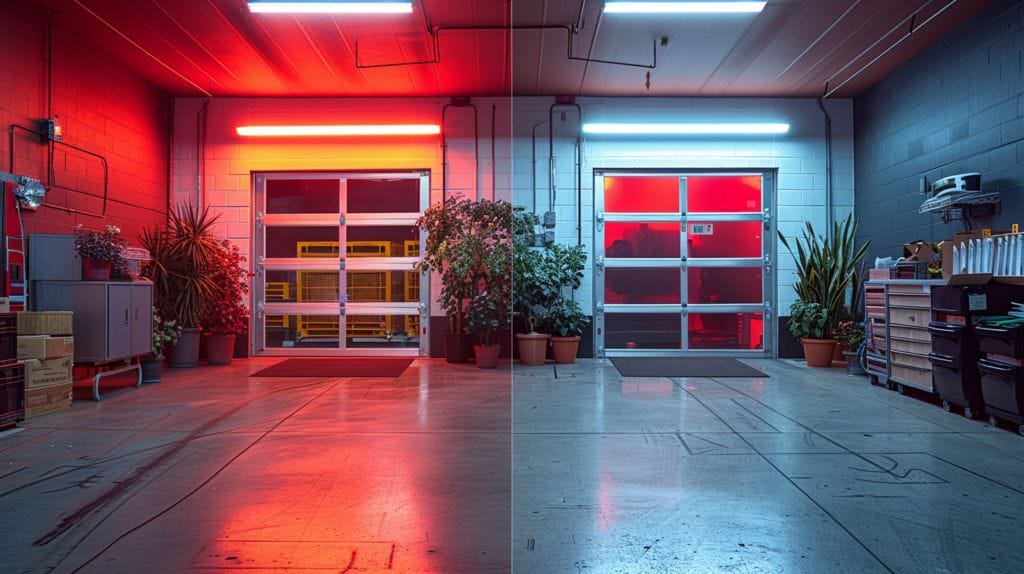
Before proceeding with the conversion process, it’s crucial to first confirm the compatibility of your current fluorescent fixture with LED technology. One of the key considerations is whether your existing fixtures are suitable for LED conversion kits and if they require a ballast bypass. Understanding the components involved, such as the fluorescent ballast, helps ensure a smooth conversion.
| Preparation Factor | Description |
|---|---|
| LED Conversion Kits | Evaluate if your fixtures are compatible with LED conversion kits. |
| Ballast Bypass | Determine if a ballast bypass is necessary. |
| Existing Fixtures | Assess the condition of your current fixtures. |
| Fluorescent Ballast | Understand the role of the fluorescent ballast. |
| Safety Precautions | Follow recommended guidelines when handling fixtures during the conversion. |
Step-by-Step Guide: How to Convert 4ft Fluorescent Light to LED Tube Lights

- Install a Retrofit Kit: Acquire a retrofit kit designed for converting fluorescent fixtures to LED. These kits typically include everything you need for a seamless transition to LED technology.
- Implement a Ballast Bypass Solution: To fully optimize the LED conversion, bypass the existing ballast in the fixture. This step is crucial to prevent any compatibility issues and maximize the efficiency of the LED tube lights.
- Complete the LED Tube Installation: Once the retrofit kit is in place and the ballast bypass solution is implemented, install the 4ft T8 LED tube into the fixture. Ensure the tubes are securely in place and that all connections are tight.
Can You Use the Techniques from “LED Mastery” to Convert Fluorescent Lights to LED?
Yes, you can use the techniques from “LED Mastery” to bypass ballast for LED and convert fluorescent lights to LED. This process involves bypassing the ballast and directly wiring the LED light bulbs to the electrical system, resulting in more energy-efficient and longer-lasting lighting.
Maintenance and Care for Your New LED Tube Light
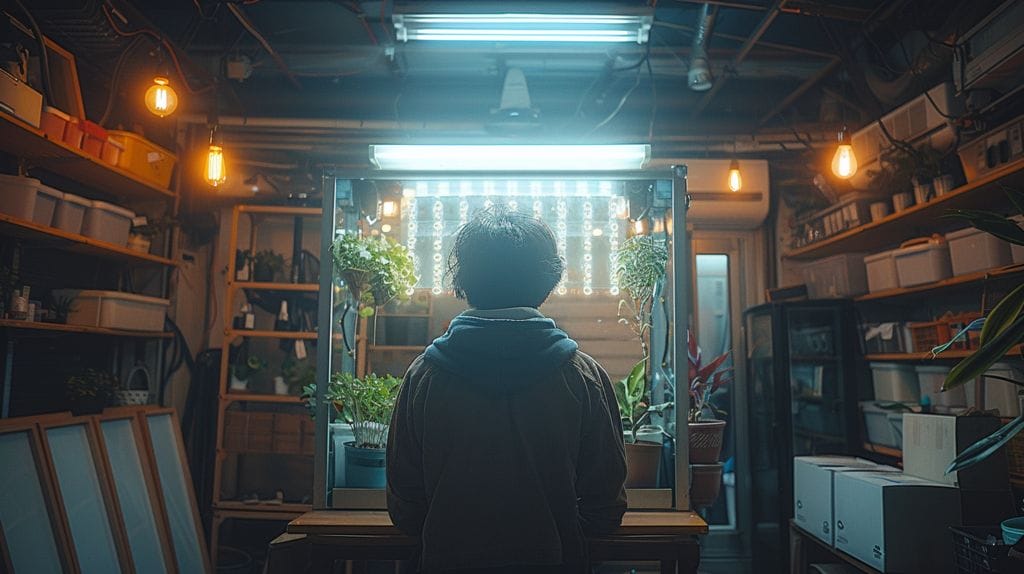
Proper maintenance and care are essential for maximizing the lifespan and efficiency of your new LED tube light. Handle the LED tube light with care during installation and cleaning. When cleaning the fixture, use a soft, dry cloth to gently wipe away dust and debris.
Regular maintenance is key to keeping your LED tube light in top condition. Check for any signs of wear and tear, such as flickering or dimming, which may indicate a problem with the light. If you encounter any issues, refer to the troubleshooting guide provided by the manufacturer.
In case you’re unable to resolve issues on your own, seek professional help. Certified technicians can diagnose and repair more complex problems with your LED tube light.
Conclusion
In conclusion, converting your 4ft fluorescent light to LED is a simple and cost-effective way to improve lighting efficiency and save on energy costs.
By following the step-by-step guide outlined in this article, you can easily make the switch to LED tube lights and enjoy long-lasting, quality lighting in your space.
Don’t hesitate to make the change and start experiencing the benefits of LED lighting today!
Frequenly Asked Questions
How can I convert a 4ft fluorescent light to LED?
To convert a 4ft fluorescent light to LED, you can replace the existing fluorescent tube with a 4ft T8 LED tube. Make sure to rewire the fixture, remove the ballast, and use a compatible LED driver if necessary.
What are the benefits of converting to LED lighting?
Converting to LED lighting offers benefits such as energy efficiency, longer lifespan, brighter illumination, and cost savings in the long run.
Can I use a T8 LED tube in a fluorescent fixture?
Yes, T8 LED tubes are designed to work with existing fluorescent fixtures. However, you may need to bypass the ballast and rewire the fixture for optimal performance.
How do T8 LED tube lights compare to T12 fluorescent lights?
T8 LED tube lights are more energy-efficient, provide brighter light, have a longer lifespan, and are easier to maintain compared to T12 fluorescent lights.
Are there any rebates available for converting to LED lighting?
Some utility companies offer rebates for switching to LED lighting due to its energy-efficient nature. It’s advisable to consult your local utility provider for more information.

